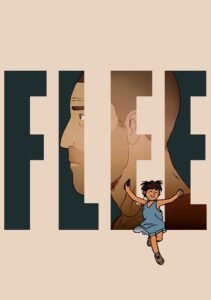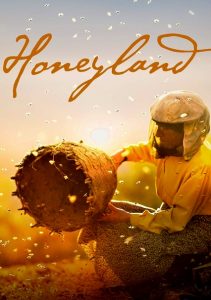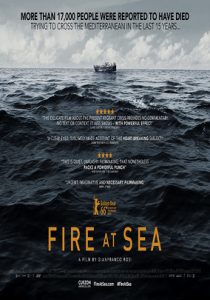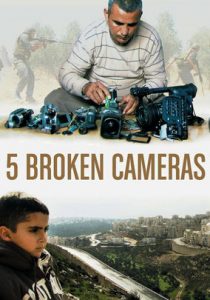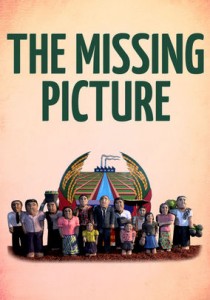Flee-2021
Director Jonas Poher Rasmussen
Scott’s Review #1,274
Reviewed July 7, 2022
Grade: A-
Flee (2021) holds the distinction of being the first film to be a documentary, an animated movie, and classified as international, as it was made in Denmark. It was nominated in all three categories for icing on the cake at the Academy Awards.
It’s a unique telling of one man’s journey out of war-torn Afghanistan as a refugee and his eventual safe destination of Denmark. He eventually went to Princeton University in the United States.
This is pretty impressive for a man who could have easily died in Afghanistan before he even had a fair shot.
The film also depicts stories of his family, and his realization that he is gay is made further complicated because of the country in which he was born.
Flee contains beautiful graphics and art design and shifts focus from the present-day to the past and back again, and includes real-life footage of various soldiers and battles (hence the documentary status).
It’s one of a kind and a tremendous effort, though I longed for a bit more of the LGBTQ+ storyline and was curious for a glimpse of what the real-life figures looked like, which usually comes at the end of a biography-type film.
In this case, it never did.
But the gripe is small potatoes when stacked against the meaning and inspiration that Flee provides.
The focus of the story is on Amin Nawabi, who wrestles with a painful secret he has kept hidden for over twenty years, one that threatens to ruin the life he has built for himself and his soon-to-be husband, Kasper.
Recounted primarily through animation by director Jonas Poher Rasmussen, he tells the story of his extraordinary journey as a child refugee from Afghanistan.
Because of the animation, I was initially thrown off by Flee, as it starts with the interviewer and interviewee having a conversation. In a traditional documentary, we would see the two people face to face, but instead, we hear their voices in animated characters.
I quickly got used to this, and it’s the way the film is throughout. The real-life characters, such as Amin’s family and future husband, are all animated, and real human beings never appear except for the newsreel-type footage.
Surprisingly, and also a deepening of the story, is when Amin admits that he initially lied about his family all being dead. The reason he does this is out of instinct and a survival technique (for both him and his family).
Flee is perfectly paced at one hour and thirty minutes. There is ample time to discuss and showcase Amin’s decision to leave Afghanistan and the terrible journey his mother and sisters were forced to endure.
They traveled by boat from Russia to the safety of Sweden as human traffickers.
What a horrific way to escape a country, especially as many stories of deaths due to suffocation follow human traffickers.
Amin is a man of secrets, and anyone who has ever harbored some out of desperation will assuredly relate to Amin’s plight.
He keeps many secrets from his husband, and the viewer can understand his secrecy and deep-seated fear of a return to Afghanistan and a particular execution.
His story is both tragic and courageous, and I yearned to learn more about his life with Kasper. How did they meet? Did Amin have trouble realizing his homosexuality? He mentions that he was a ‘different’ child and openly wore girls’ dresses, but how else did he deal? What obstacles do they continue to face?
There is a beautiful scene where he comes out to his understanding brother and sisters, but I guess I wanted more.
Visually, the graphics are modern and edgy. The different countries of Afghanistan, Russia, Sweden, and Denmark all take on distinctive identities, and the animation during the boat sequences is quite nerve-racking.
If a standard documentary can provide adequate emotion and storytelling, the way the filmmakers decided to make Flee (2021) is remarkable and worthy of praise.
For those seeking a humanistic tale of one man’s courageous struggle, Flee will leave you thoroughly satisfied.
Oscar Nominations: Best Animated Feature, Best Documentary Feature, Best International Feature Film
